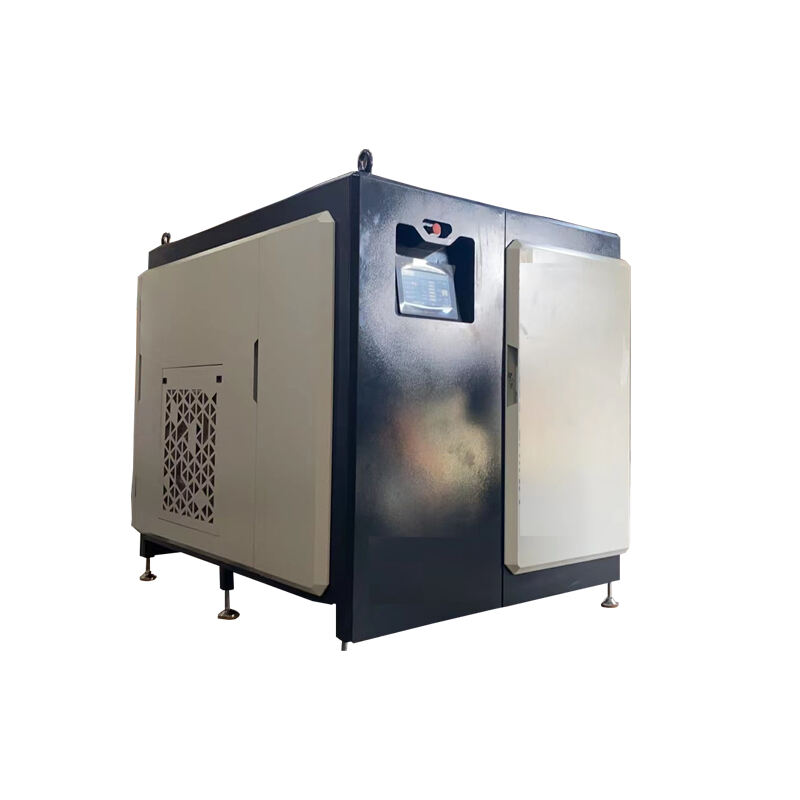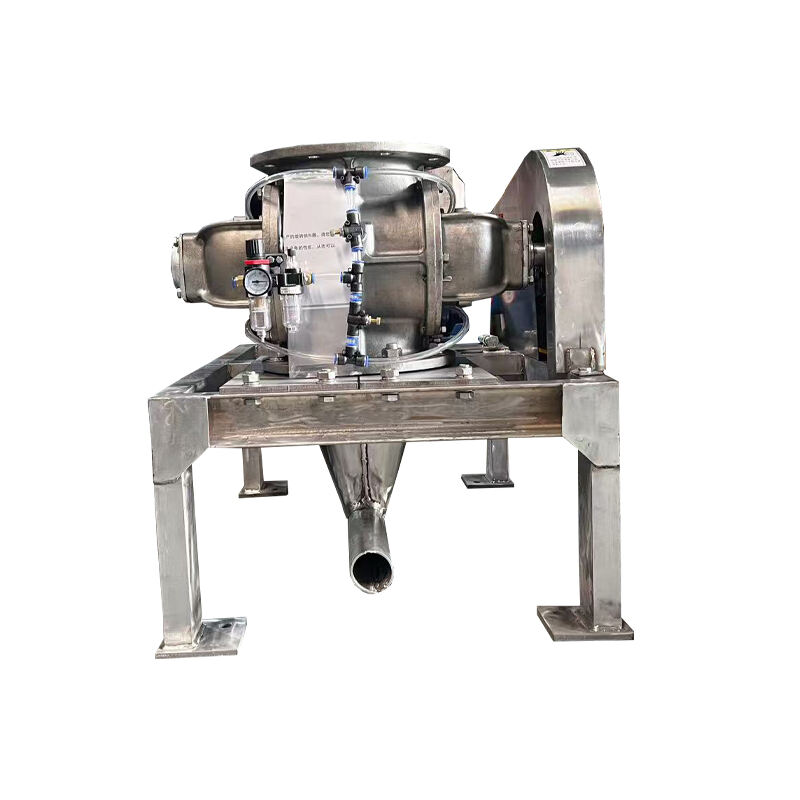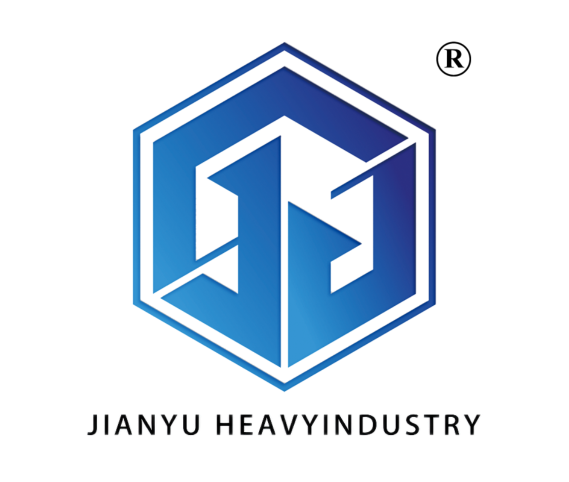pneumatic conveying equipment
Pneumatic conveying equipment represents a sophisticated material handling solution that utilizes compressed air or gas to transport dry bulk materials through enclosed pipelines. This versatile system efficiently moves materials like powders, granules, and bulk solids across various industrial settings. The equipment consists of several key components, including air compressors, rotary valves, pipeline networks, and receiving vessels. Operating through either positive or negative pressure systems, this technology can transport materials horizontally, vertically, or at varying angles, offering remarkable flexibility in facility layout and design. The system's adaptability allows for both dilute and dense phase conveying, accommodating different material characteristics and flow requirements. Modern pneumatic conveying systems incorporate advanced controls and monitoring capabilities, enabling precise material flow management and real-time system optimization. These systems find extensive applications across industries including food processing, pharmaceuticals, chemicals, plastics, and minerals processing, where they excel in maintaining product integrity and ensuring contamination-free transfer.



